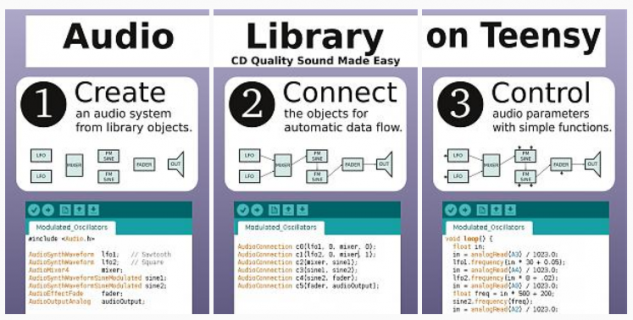PaulStoffregen
Well-known member
Over the next 5 days, I'll be traveling for Maker Faire in San Mateo. I'm bringing far to much to fly, so I'll be driving all-day Thursday and Monday. Robin and Erin will keep PJRC running, so orders should keep shipping normally. We always strive to ship every order the same day, or next day if placed after the shipping cut-off time.
I'll have very limited access internet access. Wifi is spotty at best with 120K people attending. Even with access, I'm probably going to spend nearly the entire time chatting with people face-to-face.
I'd like to ask regular forum contributors to keep an eye out for public threads with questions aimed directly at me, or any unanswered tech support questions. Please direct them to this thread. I'll do my best to catch up next week. If you have a specific question or issue that's still unanswered by May 22nd (who knows if I'll really get fully caught up in only 2 days...), please post a reply to bump the thread onto the "What's New" summary.
If you're at Maker Faire this weekend, look for me in the Expo Hall. The booth will have several demos of the new audio library. Real-time FFT data displaying on the OctoWS2811 1920 LED test board should be easy to spot from quite some distance.
Also look for this large sign to find the booth among the 300+ exhibits in the Expo Hall.

I'll have very limited access internet access. Wifi is spotty at best with 120K people attending. Even with access, I'm probably going to spend nearly the entire time chatting with people face-to-face.
I'd like to ask regular forum contributors to keep an eye out for public threads with questions aimed directly at me, or any unanswered tech support questions. Please direct them to this thread. I'll do my best to catch up next week. If you have a specific question or issue that's still unanswered by May 22nd (who knows if I'll really get fully caught up in only 2 days...), please post a reply to bump the thread onto the "What's New" summary.
If you're at Maker Faire this weekend, look for me in the Expo Hall. The booth will have several demos of the new audio library. Real-time FFT data displaying on the OctoWS2811 1920 LED test board should be easy to spot from quite some distance.
Also look for this large sign to find the booth among the 300+ exhibits in the Expo Hall.




